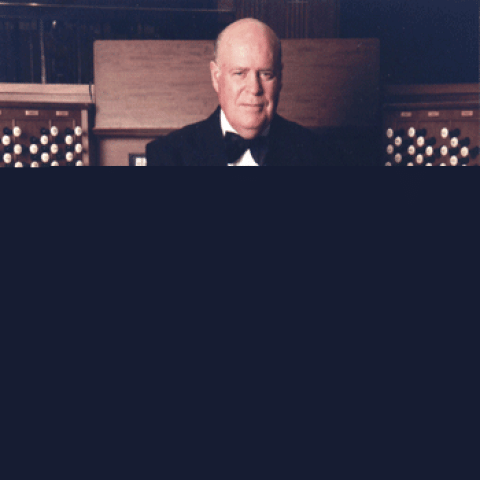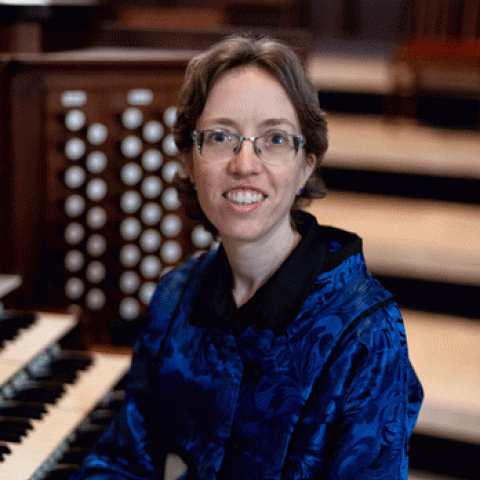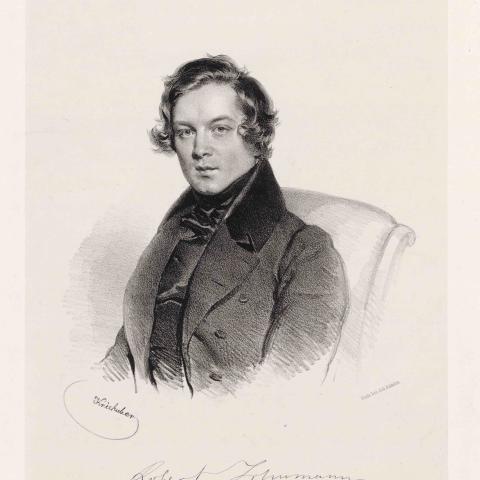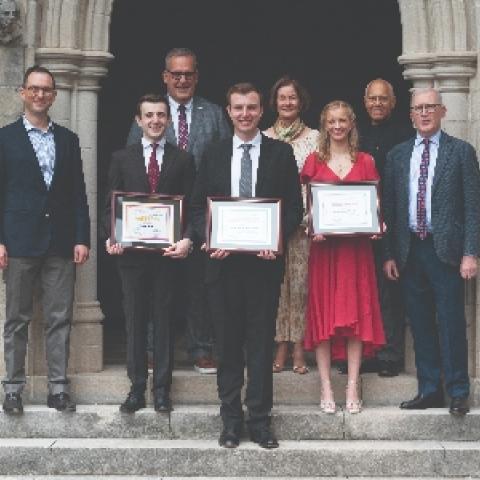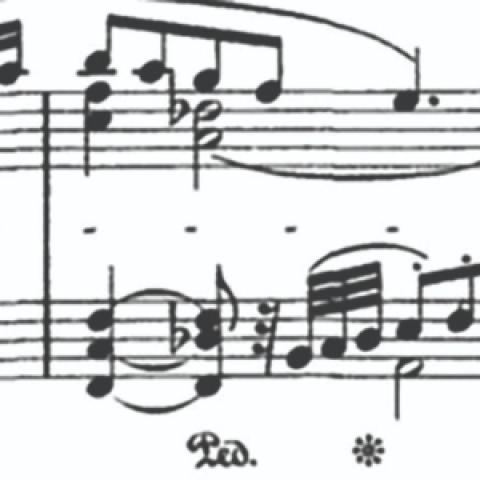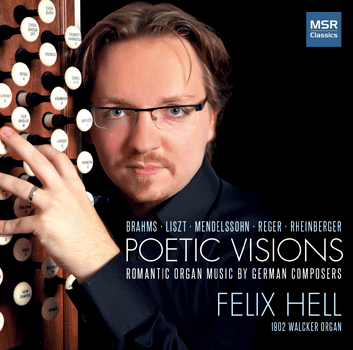
Felix Hell is featured on a new CD, Poetic Visions: Romantic Organ Music by German Composers, on the MSR Classics label (MS1694, $12.95).
The program includes works by Brahms, Mendelssohn, Reger, Liszt, and Rheinberger played on the 1902 E. F. Walcker organ at the Christuskirche, Lüdenscheid, Germany, restored in 2008 by Orgelbaufirma Gebr. Stockmann.
Reger: Toccata in D minor, Fugue in D Major, op. 59
Mendelssohn: Sonata No. 6 in D Minor, op. 65
Reger: 12 Character Pieces, op. 156
Brahms: Fugue in A-flat Minor, W00 8
Liszt: Prelude and Fugue on BACH
For information: www.msrcd.com.
A native of Germany, Felix Hell has been featured as a recitalist and concerto soloist in more than 900 concerts throughout North America, Europe, Asia and Australia. He has performed the complete Bach organ works cycle four times, most recently in 2013 in Korea. Hell has a discography of 11 albums, and has appeared on television globally. His project “Music Across America” allows him to travel with his own touring organ, performing organ concertos and recitals in spaces that do not house pipe organs.
In 2007, he received Johns Hopkins University’s Outstanding Graduate Award. Hell holds the position of Organ Artist Associate at Saint Peter’s Lutheran Church in Manhattan, and in Gettysburg, Pennsylvania, he is the Distinguished Artist in Residence at the United Lutheran Seminary and Adjunct Professor of Organ at the Sunderman Conservatory. In 2011, Hell was appointed Distinguished Visiting Artist at Kosin University in South Korea.
He studied at the Juilliard School in New York, Curtis Institute of Music in Philadelphia (BM), and Peabody Institute in Baltimore (AD, MM and DMA). For information: www.FelixHell.com.

